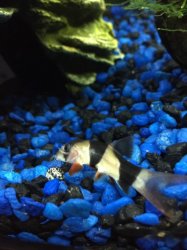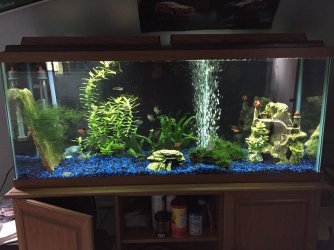As others have said, Nitrates should never be at zero with a cycled tank. Nitrates are the third and last step in cycling, and the only way to effectively remove them is through water changes. And even then, you're only removing whatever percentage of water you're replacing. So if you have 40ppm Nitrates and do a 50% water change, you should theoretically end up with 20ppm Nitrates after the water change (50% of 40). If you're at 20, and do a 50% water change, you'll end up with 10ppm. And so on. But you can't really ever end up with 0 unless you're changing the water too much for the test to register, or 100% of the water at a time.
And that's not good.
Nitrates can be bad at high levels, but they aren't nearly as toxic to fish as Nitrites or Ammonia. That's why it can wait a week or two to build up before we do water changes to reduce it. The fact that yours is at zero all this time is VERY worrisome. There's no way your plants would remove that much. And that brings into question whether or not your other tests are showing correctly as well (such as the deadly Nitrite).
And yes your ich meds may be hurting the clown loaches. And so does the actual ich itself. But the problem with half-doses is that the ich parasite isn't being treated with something strong enough/long enough to kill it completely off. Vacuuming the gravel removes debris and whatever else is in that debris, but all it takes is one surviving germ for the illness to resurface. Just. One. So if the half dose is killing ALMOST everything, it's not doing enough. It absolutely must kill it all or it's a useless treatment. And there is nothing besides medication and a full tear-down and sterilization that will completely kill off ich.
So your task (aside from the pics) is to find out WHY your nitrates are reading zero, and to just suck it up and treat for ich at the full dose, full recommended time. You may be able to find a treatment online that is safer for scaleless fish and/or invertebrates (I'm sure if it's safe for invertebrates, loaches will be fine). If not, ask yourself if you'd rather lose the loaches now from medication, or ALL of your fish, one by one, from recurring ich.




